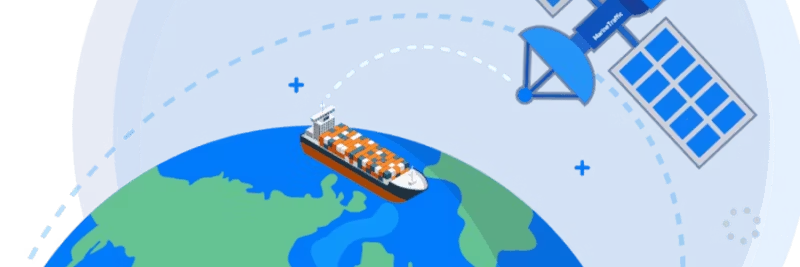Cart
Discount: 0.00 PLN
Discount: 0.00 PLN
Digital Skipper |1/08, 2021

AIS is a mandatory system on all commercial vessels over 300 tons and passenger ferries according to the SOLAS convention. Today, AIS is also used on many recreational boats worldwide. But what does AIS do, and why is it so important for maritime safety?
AIS stands for Automatic Identification System. It is a tracking system that automatically transmits information about vessels, including identity, position, course, and speed. This data is used by other vessels and shore stations to avoid collisions and improve traffic safety on the water.
Each AIS system consists of a VHF transmitter, two VHF TDMA receivers, a VHF DSC receiver, and standard marine communication links (IEC 61162/NMEA 0183) to the vessel's display and sensors. Position and time are obtained from a GPS or GNSS receiver. AIS uses two fixed frequencies: AIS 1 = 161.975 MHz and AIS 2 = 162.025 MHz.
Class A is mandatory for commercial vessels and has higher transmission power (12.5 W) for longer range. Class B is used on recreational boats and has lower power (2 W), which is sufficient for shorter distances.
Class A:
Class B:
Many AIS units use NMEA 0183, while modern chartplotters and MFDs use NMEA 2000. To integrate these systems, Actisense offers the NGW-1 conversion gateway, which converts AIS data from NMEA 0183 to NMEA 2000 PGN. This allows AIS information to be displayed on your MFD along with radar and other navigation data.
The Actisense W2K-1 Wi-Fi gateway makes it possible to send NMEA data to apps like Navionics. Since most apps use NMEA 0183, the W2K-1 has the same conversion engine as the NGW-1 to ensure compatibility.
AIS is a crucial system for maritime safety. By combining AIS with NMEA 2000 and MFD, you get a complete solution for navigation and collision avoidance.